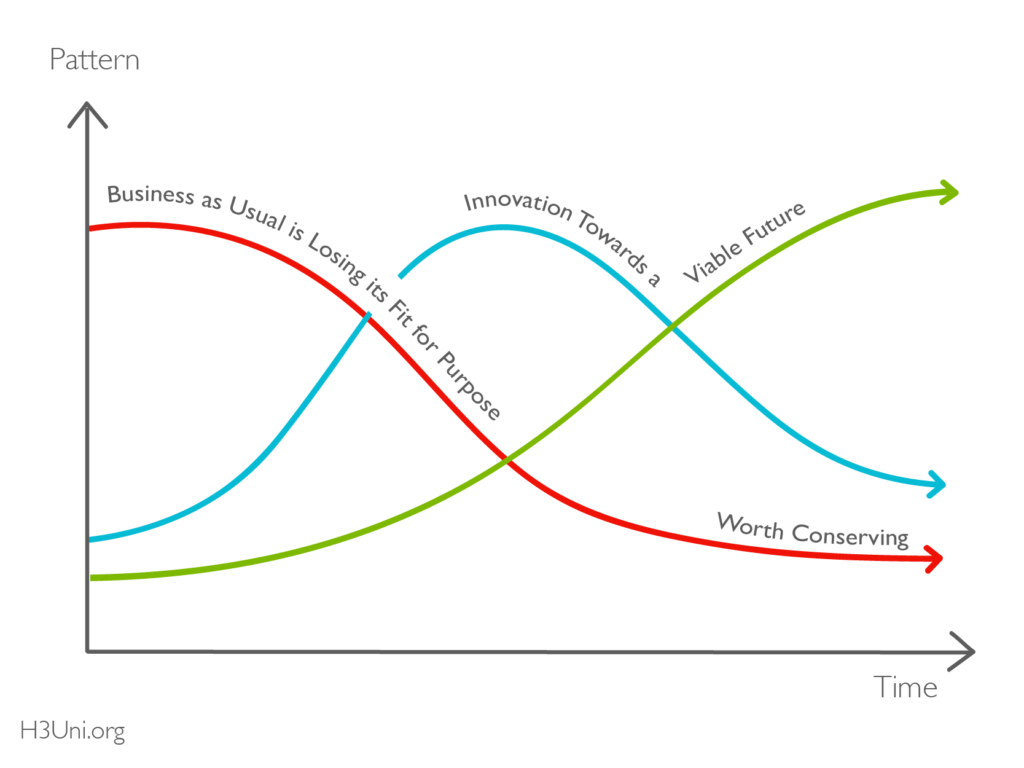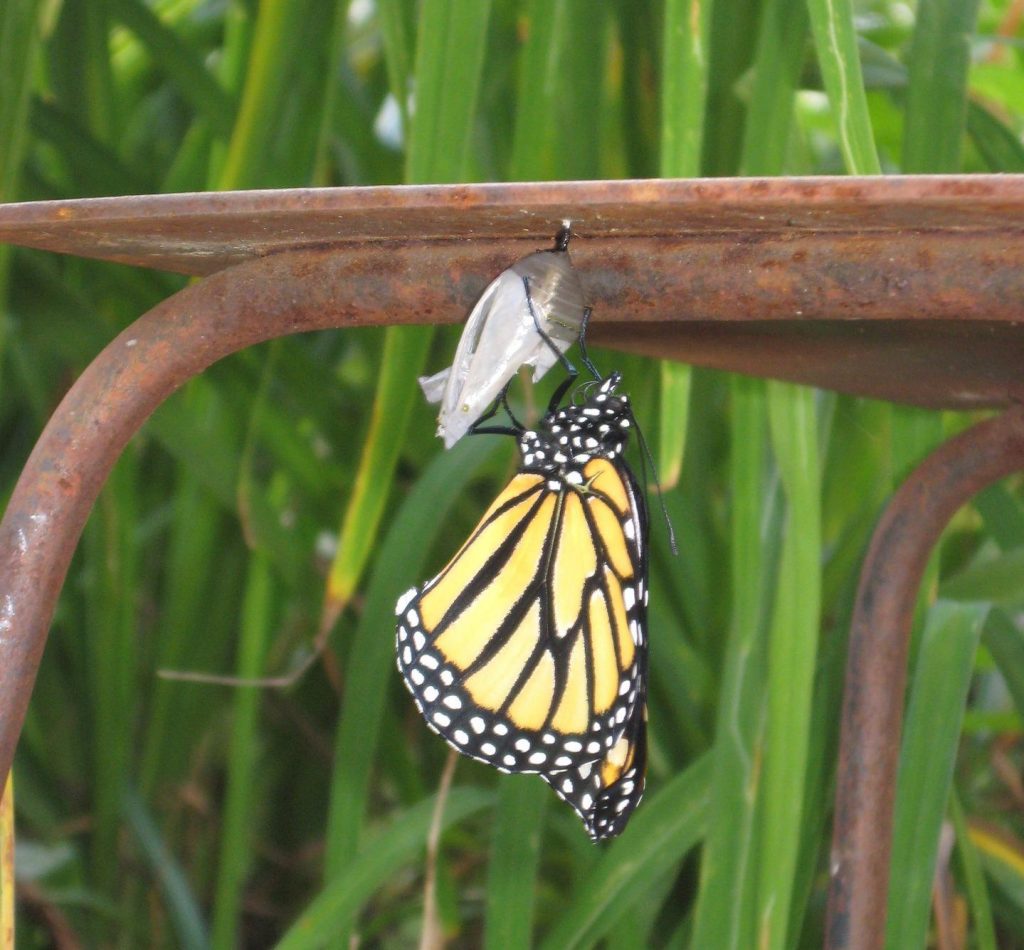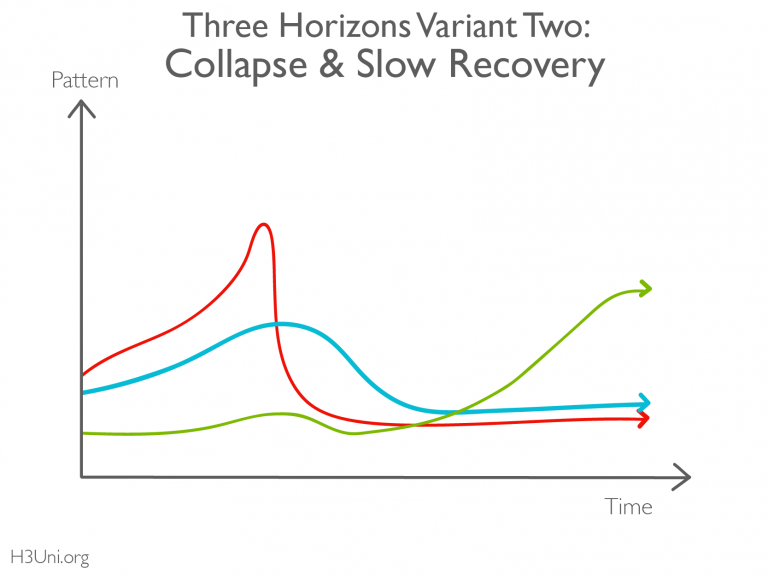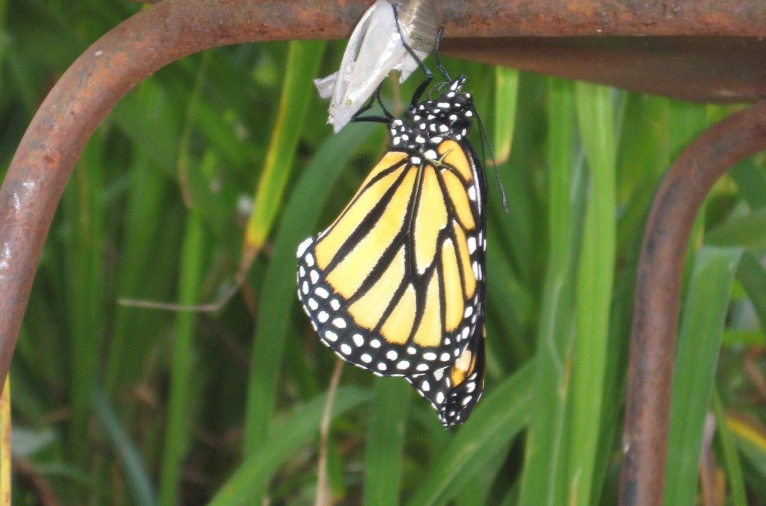Since my son was born ten years ago, I’ve been enamored with midwifery. My wife, also enamored, actually became a trained doula and assisted with several births (before getting too busy with her career). Since then, and since visiting The Farm, the ecovillage home of Ina May Gaskin—who helped resurrect (or more correctly, re-birth) midwifery in America—I’ve continued to be captivated by the idea of creating a Gaian scholarship fund for midwives and doulas.
This skill, after all, will be pivotal post-collapse, either because of the lack of affordability or accessibility of hospital births, and/or the risk of giving birth in a hospital (as antibiotic resistant bacterial infections increase), as well as the growing recognition that allowing nature to lead the birth process is optimal in most cases.1 Plus, it is a key intervention point in shaping the health of the next generation, family size norms, even key practical knowledge like family planning options post-birth (I’ve met many couples who had their second child as a ‘happy surprise’). Finally, as the example of Mother Teresa shows—or the beautiful BBC show Call the Midwives—midwifery is an excellent way to provide important services to struggling communities and teach a new way (whether Catholicism or Gaianism) in the process.
The complement to that is the death doula—those individuals who help a dying person to return with grace to Gaia, to support the dying individual, and their family and friends, in their time of grief and transition, and to navigate the difficult bureaucracy of the modern funeral industry, which, as many authors have written about, is designed to exploit families in their time of grief. (Birth doulas also play a guardian role: as OB-GYNS and even midwives become fatigued and want to intervene in the birth process, doulas are there to protect their clients.) One of Mother Teresa’s first acts was actually to establish a home for the dying, where Indians of all faiths could die with dignity. Both of these rites of passage have been horribly pushed down dehumanizing and expensive paths (financially and ecologically speaking) in the United States, and increasingly in consumer societies around the world, and intervening would be deeply valuable.
But I hadn’t thought about the figurative parallels that these two callings have when it comes to civilization. That is until attending the Exploring the Polycrisis workshop.
The Three Horizons
Many at the conference had heard of “The Three Horizons,” but I hadn’t. It offers a lot in exploring the issue of civilizational transition. The three horizons is a simple structure to analyze the current system, what will replace it, and the transition from one to the other (not just societally, but this can be applied to companies, organizations, etc.).
As Bill Sharpe, co-author of this concept, explained, the current system is represented by H1. It harnesses much of the resources but is unravelling. In its place, H3 will manifest: for example, as Earth settles into a hot state, new ecological realities and relationships will form. H2 is the space where agents are working to reappropriate resources from H1 to H3 (yes, while many are trying to hold H1 together for as long as they can). As Sharpe noted, it’s the choices you make in that liminal H2 space that either help sustain H1 a bit longer or help give birth to H3.2 In other words, “you’re in the messy middle. All you can do is make choices and live with the outcome.”3

A visualization of the Three Horizons (and we’re probably where the red line intersects with the blue line) (Image from H3Uni)
At that point, Sharpe offered the metaphor of a caterpillar going through metamorphosis to become a moth.4 There’s a “goopification” stage where much of the caterpillar literally dissolves and reforms as a new being, with some cells (of course, called “imaginal cells”) actually helping to guide the process.
And while he didn’t say it—just like with birth, not all caterpillars make it through this difficult (re)birthing process. There is no guarantee that we make it through either. (Lots have pondered the number of extinct intelligent species in the universe who didn’t make it through their own civilizational bottlenecks.)
But we’re in that metamorphosis stage now. H1 needs to come to an end. Of course, lots of people are wedded to this reality and will resist, and try to keep it going for as long as possible—extracting more energy, building out a new renewable energy infrastructure, mining more of Gaia to keep our industrial age humming. But it is dying. What it lacks, is someone, with compassion, to help this patient die with grace. (One participant actually invited conversation around whether we need to offer metaphorical hospice care to the current civilizational structure, but that suggests the role is to keep the patient comfortable, not help the client to have “a good death” and help his survivors to accept it and start life anew without him, which ultimately is what is necessary.)
Also lacking are those who are working to birth H3. There are some, but as with midwives, there are not enough. Those imaginal cells are starving—grossly underfunded and undersupported with time. But what can be more rewarding than using one’s energy in this difficult H2 time to bring about a more beautiful H3?

From the wreckage of the old, comes the new. (Image of Monarch butterfly emerging from cocoon by kevin ryan via Pixabay)
Civilizational Midwives and Death Doulas
Ultimately, just as we need more literal midwives and death doulas, we also need more civilizational midwives and death doulas. Truthfully, I do not know how to spark more of these (and I’ve been advocating for cultural transformation since 2010). My own way, in this messy middle, is to bring together those who identify as Gaians, support them, and encourage them (us) to serve Gaia, in all aspects of their brief time as a differentiated being (including, of course, how their remains are returned to the Earth).
But I think ultimately, I’m hoping/working toward encouraging Gaians to play an active role in serving as death doulas for our current civilization and as midwives for the next one to come.5 To say that the next one will be a happy, sustainable one is not realistic—with the amount of chemicals and ecological changes we’ve brought about, just as with babies born in the future, civilizations may have challenges and defects that we’ll have to accommodate. But civilization is both dying and pregnant. And neither process can be stopped. The only questions that remain are:
- Does our current civilization die before it is able to give birth?
- Does it die in deep pain or with acceptance?
- Will the survivors be able to be present to raise with love and tenderness the baby born?
- And what type of being will be born—one that is already too sickened and weak to live? Or one that is robust enough to adapt to this new civilizational reality?
I have no answers for any of these questions, but learning this new Three Horizons frame, I am more dedicated than ever for Gaians to serve as midwives and death doulas, literally, and figuratively, and help bring about a future in balance with Earth’s limits, and a civilization that lives within Gaia’s expectations.
Endnotes
1) I could go on for pages about the many benefits of natural birth but this is not the context for that.
2) Sustaining H1 actually has its own term: H2-. H2+ is cultivating innovations that bring us to H3, as discussed here. And note, that the transition isn’t always so smooth. The graph can be drawn many ways, such as like this:

If you want even more of an introduction to the framework, watch this 30-minute video. (Image from H3Uni)
3) Which was very relieving to hear. To say I don’t have doubts about the choices I’m making (creating a new spiritual philosophy and religious community!!!) would be untrue. But in this context, I’m making choices—ones I hope will bring us to a better future—and I have to live with their outcome.
4) Also called holometabolism, which I had never heard, but has a nice parallel to holobiont.
5) One day, long into the future, if we create a civilization that sustains rather than degrades Gaia, perhaps we can play literal midwives in another way, channeling our science to seed lifeless planets and help birth new living planetary beings. But before we learn how to fly, we need to learn how not to soil our own nest.





